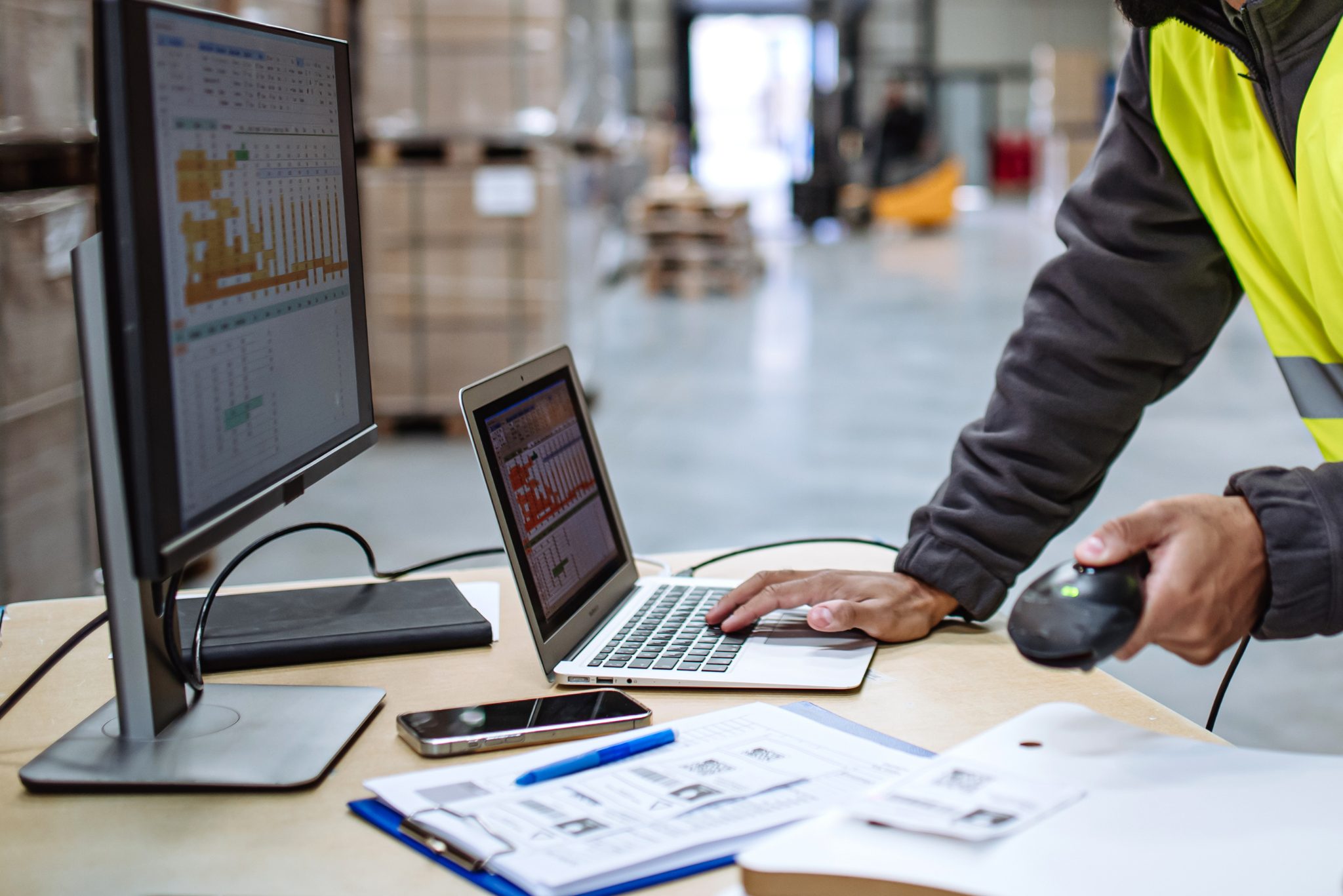A practical guide to ensure your shipments arrive on time, fully compliant, and damage-free.
When businesses think about international logistics, customs paperwork, transportation, and regulatory compliance often take center stage. However, a critical component frequently goes overlooked—one that can make or break the entire operation: packaging. In addition to proper packaging, partnering with an Importer of Record can ensure all customs compliance is handled, preventing delays or issues at the border.
Poor packaging decisions can result in customs delays, border rejections, additional costs, invasive inspections, or even total loss or damage of the goods. These outcomes increase logistics expenses, jeopardize customer relationships, and disrupt critical projects.
At Aerodoc, we manage high-value technology shipments across all continents, and we’ve seen firsthand how a bad packaging decision at origin can create irreversible consequences at destination. That’s why we’ve compiled this list of essential Do’s and Don’ts to consider when preparing your international shipments.
Best Practices for International Packaging
Use Industrial-Grade Packaging Materials
It sounds basic, but it’s often ignored. We frequently see sensitive tech equipment shipped in worn boxes or non-specialized materials. Why? Companies reuse packaging that’s not intended for long-haul shipping. Instead, all materials should be industrial-grade, capable of withstanding impacts, moisture, and repeated handling. Your cargo will go through multiple stages, countries, and handlers. Durable, robust packaging is non-negotiable.
Understand Destination Country Requirements
Some countries have specific packaging restrictions. For instance, wooden crates may be prohibited unless they are fumigated and adequately stamped with the official seal. At Aerodoc, we proactively anticipate these requirements. If, for example, a power supply or cable is not allowed into a country due to regulations, we identify the issue during our pre-shipment inspection and reconfigure the shipment without compromising the product or documentation.
Label Every Package Clearly and Correctly
Labels are not just a detail—they’re a customs compliance necessity. Every box should have at least two legible, intact labels showing key details: country of origin, model, part number, and product description. In many countries, this data must match the customs paperwork exactly. Any discrepancies could result in holds or red-channel inspections.

Match the Packaging to the Delivery Method
Packaging for a consolidated air shipment differs from that for a rural ground delivery or a White Glove installation in a data center. Each scenario requires a specific type of protection, and that decision should be made at the beginning. At Aerodoc, we provide custom solutions—tailor-made crates and reusable protection kits—based on each customer’s needs.
Document and Photograph Every Step
If issues arise at destination, visual evidence and detailed records of your packaging and contents are key. At Aerodoc, we conduct thorough physical inspections at origin to validate documentation, streamline customs clearance, and support insurance claims if needed.
Common Mistakes to Avoid
Ship Products in Their Original Manufacturer Packaging
A common mistake is assuming factory packaging is enough. Often, that packaging is meant for local distribution, not for meeting complex import requirements or surviving international transport. At Aerodoc, we repackage goods at origin to meet destination regulations and address the unique needs of each shipment.
Underestimate Physical Inspections at Destination
Shipments are often opened at customs or warehouses. If your packaging can’t be adequately resealed, it increases the risk of damage, missing components, or claims. That’s why our physical inspection includes item-by-item checks, high-resolution photos, label verification, and, when necessary, full or partial repackaging. Everything is documented to enable a fast response if problems emerge.
Use Packaging with Visible Logos or Brand Names
In some markets, branded packaging increases the risk of theft or tampering. We recommend using plain, unmarked boxes and only including critical identifiers in internal documents or hidden labels.

Over-Pack to Save Space at the Expense of Safety
Trying to reduce volume and weight by packing too tightly can compromise stackability and lead to pressure damage or shifting during transit. Efficient packaging is not the smallest—it’s the safest.
Why Professional Packaging Strategy Matters
Packaging isn’t just another shipping step. It’s a key checkpoint for compliance, operational efficiency, and traceability. That’s why Aerodoc developed a rigorous inspection and preparation system at origin, aligned with the highest industry standards.
“This process eliminates surprises at destination and ensures every shipment is aligned with its documentation and import requirements,” says Estefanía Sisatzky, EVP of Operations & Customer Experience at Aerodoc.
In the era of cross-border e-commerce, enterprise digitalization, and data centers as the new hubs of connectivity, packaging is no longer just logistics—it’s strategy. Companies that treat it as a minor detail risk losing their competitive edge. Those that make it part of their global logistics strategy gain time, efficiency, and trust.
Aerodoc supports customers from origin planning to final delivery with logistics and compliance solutions designed to ensure frictionless operations—even in the world’s most complex markets.
Want to optimize your packaging strategy to reduce risks and costs? Our team of experts is here to help.
Q&A
- Why is packaging so critical in international logistics? Because it’s not just about protecting the product—it’s about regulatory compliance, customs clearance, delivery success, and even customer satisfaction. A poor packaging choice at origin can trigger inspections, delays, extra costs, or even rejected shipments.
- What materials should I use for international shipping? Always use industrial-grade packaging. Reused boxes or low-resistance materials can’t withstand long journeys, multiple handlings, or environmental exposure. Crates, boxes, and fillers should be built to resist shock, humidity, and stacking pressure.
- Are there packaging regulations I should be aware of? Absolutely. Each country may have specific restrictions, such as requiring fumigated and certified wooden crates. Failure to comply can result in immediate border rejection or red-channel inspection.
- How important is labeling? It’s essential. Labels must be clear, legible, and consistent with the customs documentation. Missing or mismatched information—like country of origin or part number—can stop a shipment instantly.
- What’s the biggest mistake companies make? Assuming the manufacturer’s original packaging is enough—it often isn’t. That packaging is made for local distribution, not cross-border compliance or long-haul logistics. Custom repackaging at origin is often necessary.




